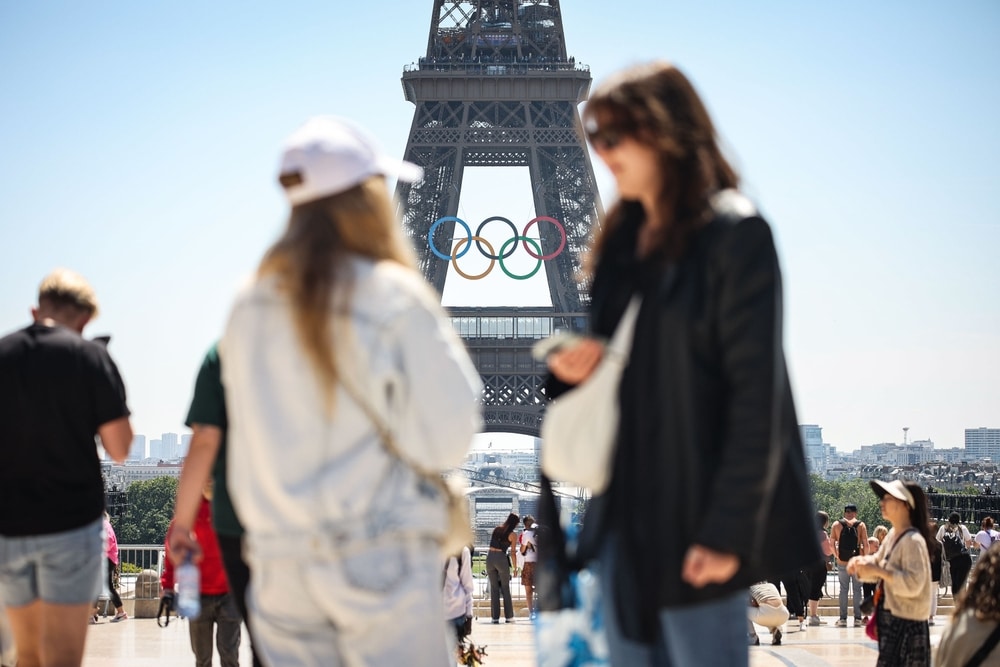Since their origins, and with a crescendo in recent years, the Olympics have been one of the most important platforms of experimentation and celebration for the fashion industry. From the uniforms of athletes from all corners of the globe to the looks sported by institutional guests and celebrities, fashion has always played a leading role in this prestigious sporting event. The Paris 2024 Olympics has been no exception; in fact, it has been likened to a veritable Fashion Week. Before retracing the highlights of this edition, let’s explore how fashion has gained a prominent role in the history of Olympic competitions.
Fashion and Olympic uniforms: a journey through time to understand the present
The link between fashion and the Olympics began with the 1908 London Games, when organizers first introduced a requirement for each team to wear a competition costume that identified their nation. In the 1920s, fashion began to play a central role in the games, with the introduction of official uniforms for each nation. After World War II, fashion as an expression of national identity took hold, with teams relying on local designers to create uniforms capable of proudly representing their traditions. This evolution not only made uniforms symbols of identity, but also influenced fashion aesthetics, leading to the emergence of distinctive styles in some countries. An iconic example is that of Ralph Lauren, which has been designing Team USA uniforms since 2008, turning the “Ivy Style” into a true emblem of American style, even outside the Olympic context.
The 2024 Olympics once again celebrated the uniform as a symbol of tradition and style, giving us some of the most memorable designs ever. Fashion magazines such as Vogue and WWD competed to decree the most stylish and innovative uniforms. Among the favorites were those of Mongolia, designed by local brand Michel & Amazonka, which combine traditional decorations with details inspired by the city of Paris. France’s uniforms, designed by luxury brand Berluti, also perfectly embodied Parisian elegance. Another iconic moment was the look of Korean athlete Kim Yeji, which went viral for its cool aesthetic and proud, determined attitude.
The Olympic runway: style in the opening ceremonies
Uniforms are not the only element where fashion has found a place during the Olympics. The opening ceremonies and the looks of the famous guests who flock to the most important events represent another opportunity to showcase garments designed by great designers. The Paris 2024 opening ceremony was the chicest ever, turning the red carpet into a veritable catwalk. Brands such as Louis Vuitton, Dior, Thom Browne, Prada, and Ralph Lauren dressed celebrities of the caliber of Zendaya, Charlize Theron, Ariana Grande, Cynthia Erivo, Mick Jagger, Jeremy Scott, Spike Lee, Anna Wintour, and Queen Latifah, to name a few. Dior also curated the looks of Lady Gaga, Celine Dion, Aya Nakamura and Juliette Armanet, who performed during the opening ceremony, wearing extraordinary gowns created by the Parisian fashion house.
The style of this edition of the Olympics was sealed by LVMH, the event’s official sponsor, which also coordinated the design of Vuitton’s signature trunks for the medals and Olympic flashlights, as well as signed the medals designed by Chaumet. The choice of Paris, the fashion capital of the world, as the venue for the 2024 Olympics helped give fashion a central role in this edition of the games. For Paris, and for France in general, fashion is an expression of traditions and national pride, and it could not be missing among the protagonists. Looking ahead, the Olympics will continue to be a globally relevant showcase for Brands from around the world, harnessing the power of fashion as an expression of each nation’s traditions, aesthetics, and identity.
The article Olympics 2024: a triumph of fashion and style comes from TheNewyorker.

